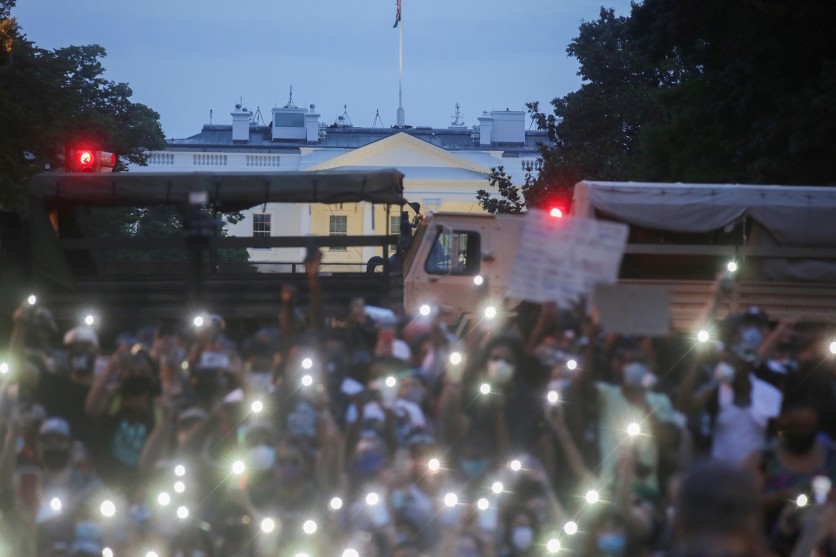Thousands of people have gathered in various US cities to protest racism and police brutality after the death of George Floyd last week as a Minneapolis police pinned him down with his knee on his neck.
While the rise of protests across the U.S., thousands of protest photos and videos have also spread on various social media platforms. While these document the demonstrations, these images also expose the protesters to police scrutiny and other privacy risks, according to Mashable.

To ensure the safety of people involved, when taking photos during protests, take time to blur or pixelate the faces of protesters before sharing them online. The following are some easy ways to do it:
Why people's faces in protest photos should be blurred before posting them on social media
The federal government has been vocal about conducting surveillance on anti-racism protests through social media. Both The Intercept and Vice have reported about the government's social media monitoring of protests after the killings of Michael Brown in Ferguson, Missouri in 2014, and Freddie Gray in Baltimore, Maryland in 2015.
On Tuesday, June 3, according to a memo gathered by BuzzFeed News, the Department of Justice has authorized the Drug Enforcement Administration to do "covert surveillance" on protestors during the current demonstrations. This means anyone who joins a protest and has been photographed will be at risk of being tracked down by authorities.
While these protests primarily aim to end police abuse over minorities and to end systemic racism, then documenters should still try to protect the subjects of their photographs.
How to obscure photos
Technology offers various ways to conceal faces in photos without the technicality and complexity of Photoshop. Numerous websites offer free service or tools to do it manually in seconds.
The Facepixelizer is one that works well. It's a specialized image editor that hides details in images by blurring out text or pixelating faces. On the Facepixelizer website, drag a photo (.jpg or. png) that you want to alter. Drag the cursor over parts that you want to conceal. Finally, save the image. While this service runs on browsers, images are secure and are never sent over the network.

Another recommended is Image Scrubber, which was developed by Everest Pipkin. Image Scrubber is best for covering up faces in protest photos because it allows users easily to manually blur out faces on either a computer or a phone. It also lets you scrub metadata from photos.
Whether the photo contains hidden data such as the date, time, and even location where it was taken, it is still possible to get such information for those who would take the time to do so.
To use Image Scrubber, load a photo and list it in plain text form. Paint over the face using Image Scrubber's Microsoft Paint-like tools. In a few seconds, the image can no longer be identified, although it may not look professionally done.
These are just a few simple tricks that can be done in seconds that, which can help protect individuals from police scrutiny or any form of retaliation. It won't hurt to spend a few seconds to protect strangers before sharing their photos on social media.
Read also: Here's the 'Silent Killer' that May Worsen COVID-19 Cases
ⓒ 2025 TECHTIMES.com All rights reserved. Do not reproduce without permission.




